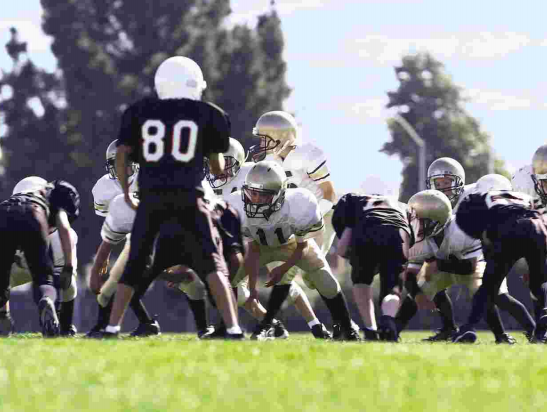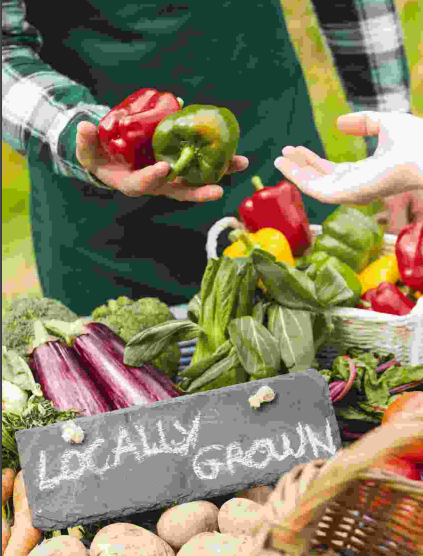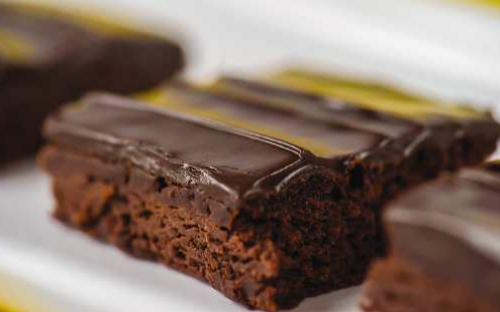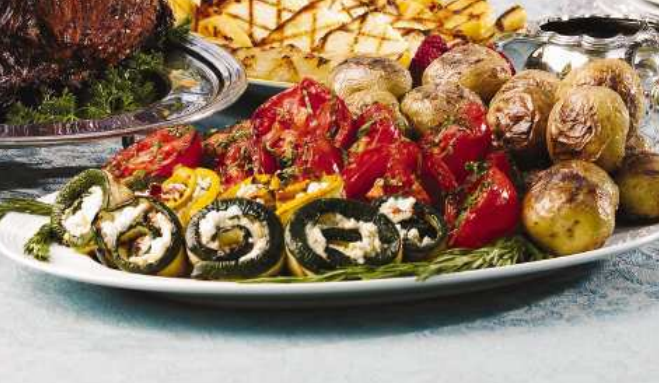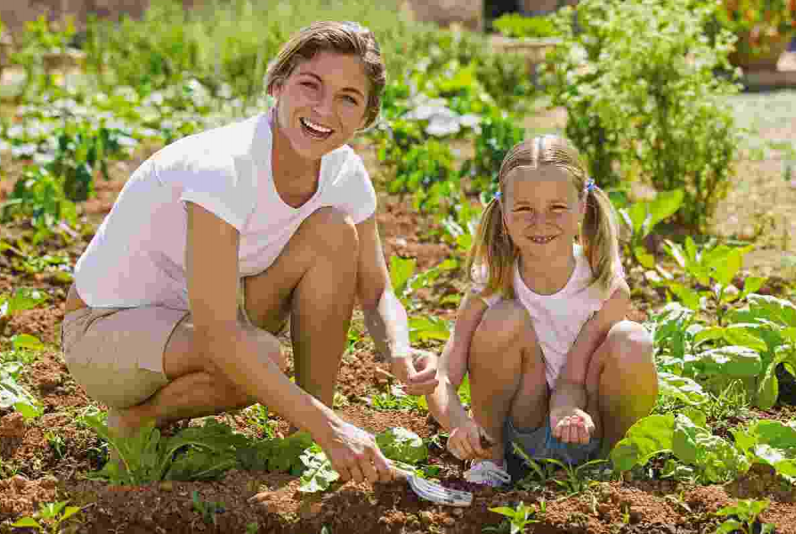Summer is a season of relaxation, especially for school-aged children who are not yet old enough to work. Such youngsters no doubt enjoy the chance to spend summer days lounging poolside or at the beach, all without a care in the world or any homework to complete.
Though summer is synonymous with R&R, parents of young athletes who hope to compete in scholastic athletics when the school year begins in autumn may need to take steps to ensure their kids aren’t at risk of injury once the curtain comes up on fall sports season.
· Examine and replace equipment if necessary. The right equipment can protect kids from injury and help them realize their full athletic potential. But damaged or outdated equipment can increase kids’ risk of injury. Examine kids’ equipment long before fall sports season begins so you have time to bargain hunt should anything need to be replaced.
· Schedule a physical for your child. Many school districts mandate that athletes receive and pass physicals before they can compete. Speak with the athletic director at your child’s school to learn the guidelines that govern athletic physicals. The physical will need to be conducted by a predetermined date, but you may also need the physical to be conducted after a certain date for it to be considered valid. Speak with your child’s physician if any problems are found during the physical.
· Let kids heal. Kids’ schedules are busier than ever before, and many youngsters play several sports during the school year. Summer vacation may be the only extended period all year that youngsters’ bodies get to heal. While it’s important that kids stay physically active throughout the summer, make sure they don’t overdo it, as you should emphasize the importance of rest.
· Gradually get back in the swing of things. While rest gives kids’ bodies a chance to heal and develop, it’s important that young athletes stay in shape over the summer. As the fall sports season draws near, help kids gradually get back in the swing of things. Tryouts tend to be physically demanding, so kids who have not lifted a finger all summer may be at risk of injury or missing the cut. Let kids ease back into regular exercise to make sure they are not starting from scratch come their first tryout.
· Speak with coaches. Coaches can be great assets to parents who want to make sure their youngsters enjoy the summer without sacrificing their chances of making the team in the fall. Speak with kids’ coaches to determine if there is any area your son or daughter can work on over the summer to improve his or her chances of making the team. Make sure kids are the ones leading the charge to improve their games; otherwise, they may feel pressured into doing so and that can take away the fun of playing sports.
Scholastic athletes should take advantage of the opportunity to relax and recover that summer presents. But athletes who hope to compete in the fall can still work with their parents to ensure they’re ready once the school year and sports season begins.
TF166170

